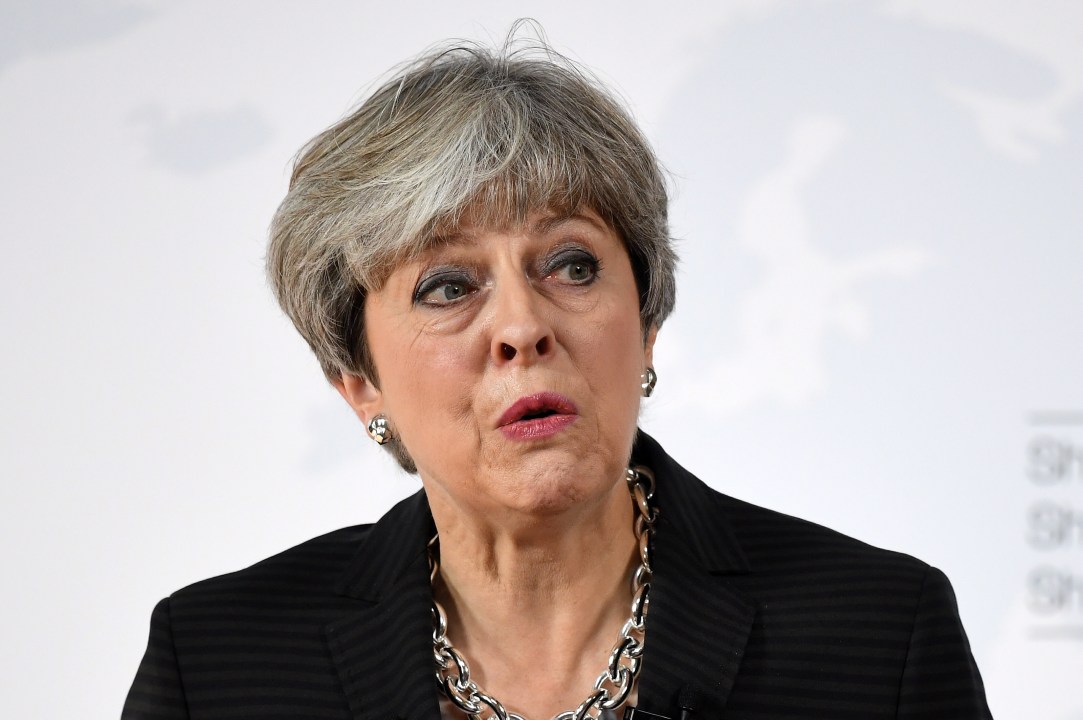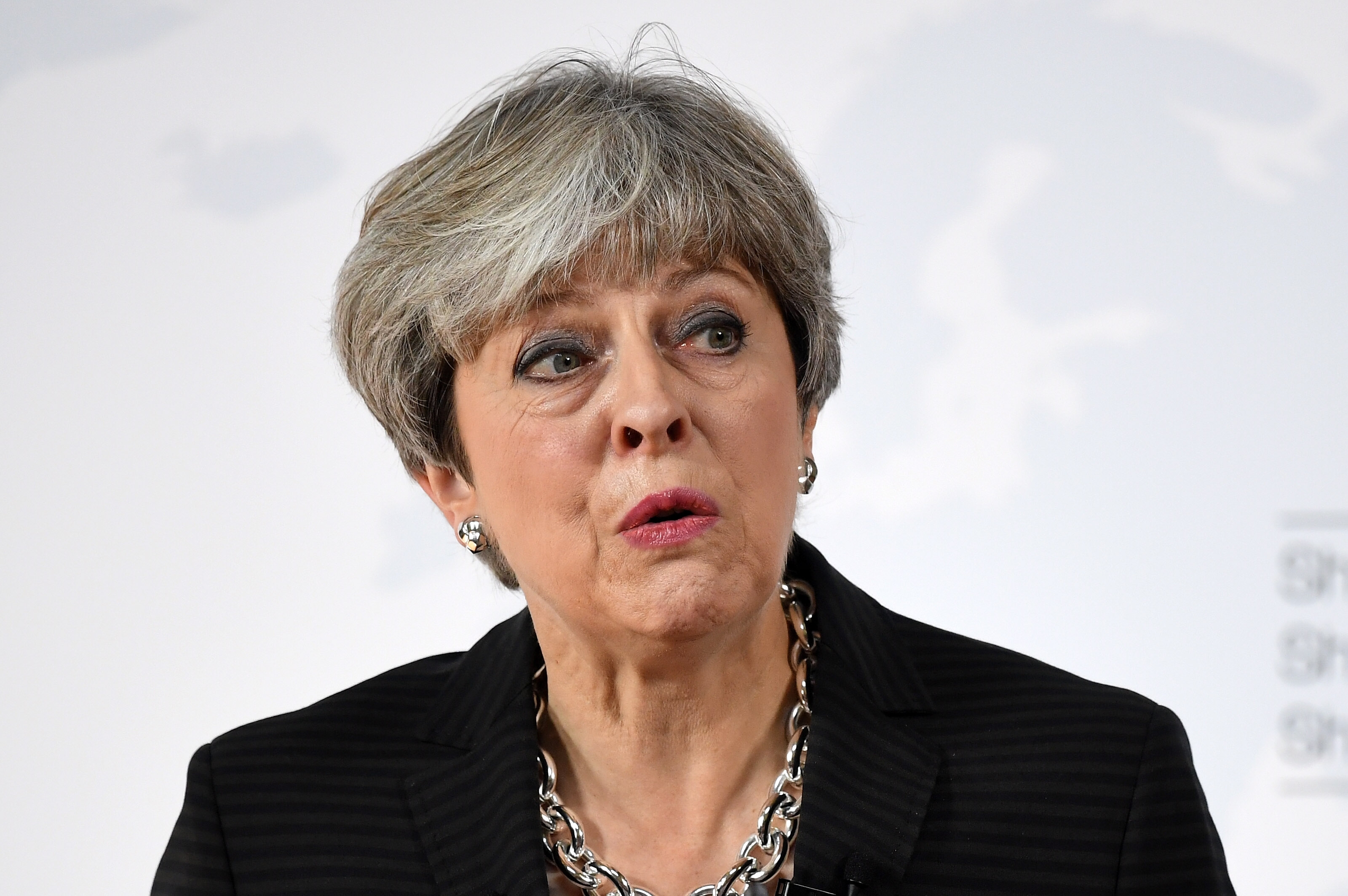Theresa May’s speech in Florence set out more detail on the government’s position on transition. But it did not answer the question of what the UK’s final relationship with the EU should be, and how the UK thinks regulatory divergence between it and the EU should be managed.
May’s transition proposal, though she still prefers the term implementation period, would see the UK continue to obey all EU rules and regulations and accept free movement, albeit with registrations of new arrivals. In effect, Britain would be staying in the EU but as a non-voting member. She suggested that this transition last two years. But she also said it should go on for as long as necessary for the new systems to be put in place.
Ultimately, I suspect that the transition will not end up going on for more than two years. Anything longer than that is politically difficult both in this country, where it would run up against the next election, and on the continent, the German constitutional court has already made clear it wouldn’t be happy with anything longer than a two year agreement without formal ratification.
Neither side of the Cabinet battle over EEA minus versus CETA plus has won. But I suspect that Boris Johnson will be happier than Philip Hammond tonight. May set out the problems—as she sees them—with both the European Economic Area model and a Canada-style free trade deal. But her criticisms of the problems of copying regulations that you have no say in making did seem to take EEA minus off the table as an option.
We now wait to see how the EU reacts to this speech, and specifically May’s offer on transition. But it really is urgent that May gives some more clarity on what she wants the future relationship to be, and how she thinks divergence should be managed.








Comments